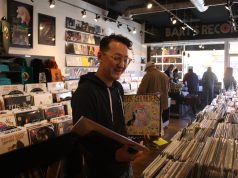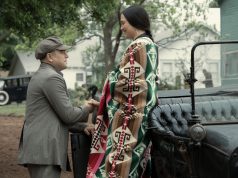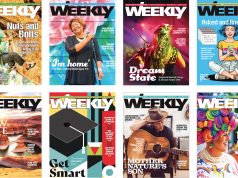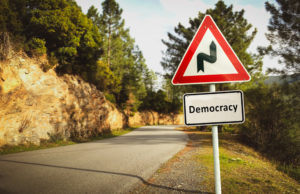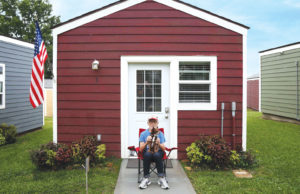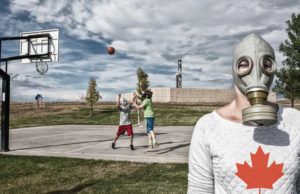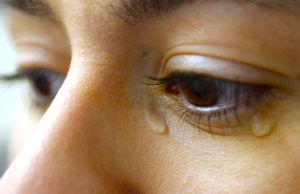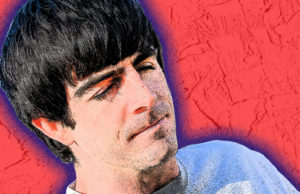In May 1961, after a year of training in nonviolent
protest, two small groups of young people set out from Washington on
buses, heading through the Deep South.
The goal of these “Freedom Riders”: to test
segregation by deliberately violating “no coloreds” regulations in bus
station waiting rooms and snack bars. Naively, they didn’t anticipate
trouble.
Most were college students, black and white. Six rode
a Greyhound bus on its regular route; six rode Trailways. But in
Anniston, Ala., between Atlanta and Birmingham, hell broke loose.
A mob stopped the Greyhound, mostly filled with
ordinary travelers, puncturing its tires. Then someone broke the back
window and threw in gasoline, starting a flash fire. “Let’s burn them,”
the mob chanted. When the passengers escaped, the mob bashed some of
them with baseball bats.
That horrifying incident is recalled by some of those
who were on the bus in “Freedom Riders,” a two-hour installment of
“American Experience” airing Monday on PBS. The riveting documentary,
told largely in the voices of people who were involved, marks the 50th
anniversary of the Freedom Riders, who were so important in launching
the civil rights movement but have faded from memory.
Filmmaker Stanley Nelson (“The Murder of Emmett
Till”) illustrates “Freedom Riders” with photos, some shattering, and
extensive news footage from the time. Many of these clips seem surreal,
as robed Ku Klux Klan members walk city streets and elected officials
speak defiantly about maintaining “whites only” status despite two
Supreme Court rulings outlawing segregation in facilities serving
interstate transportation.
Joan Mulholland was a 19-year-old college student
when she joined the Freedom Riders. “My father was very concerned for my
physical well-being,” she told TV critics when PBS introduced the film
in Los Angeles. “My mother was morally opposed to what we were doing and
virtually disowned me.”
Diane Nash was just 18. “I knew better than to ask my
parents first,” she said at the PBS panel, “but my mother was extremely
afraid for me. I came from a very nonpolitical family. But as time
passed, she got very proud of me.”
Nash organized the rides out of Nashville. Her
refusal to back down drew attention from Attorney General Robert F.
Kennedy, who wanted the rides stopped before someone died. (The rides
were also making JFK’s administration look bad for not pressing
enforcement of civil rights laws.)
Nash led the meeting at which the Freedom Riders decided to continue their efforts despite the earlier violence.
“I knew that if the Freedom Ride had stopped right
then, we would have to have gotten many, many people killed,” Nash said,
“because the message would have been sent that you could stop a
campaign by inflicting massive violence.”
The Freedom Riders all wrote their wills before
continuing. Some wound up in the notorious Parchman Penitentiary in
Mississippi, breaking rocks alongside murderers.
“Freedom Riders” casts a different light on both
President John F. Kennedy and the Rev. Dr. Martin Luther King Jr. in
that year, 1961. Neither had evolved into the person we eventually knew,
filmmaker Nelson said.
“I have kids, and the way they thought the civil
rights movement was Martin Luther King and the Kennedys and that’s all
they know,” he said. “They don’t know about the other people, the foot
soldiers, the people who also put their lives on the line.”
———
AMERICAN EXPERIENCE: FREEDOM RIDERS
9 p.m. EDT Monday
PBS
More info pbs.org/americanexperience
———
(c) 2011, St. Louis Post-Dispatch.
Visit the Post-Dispatch on the World Wide Web at http://www.stltoday.com/.
Distributed by McClatchy-Tribune Information Services.


